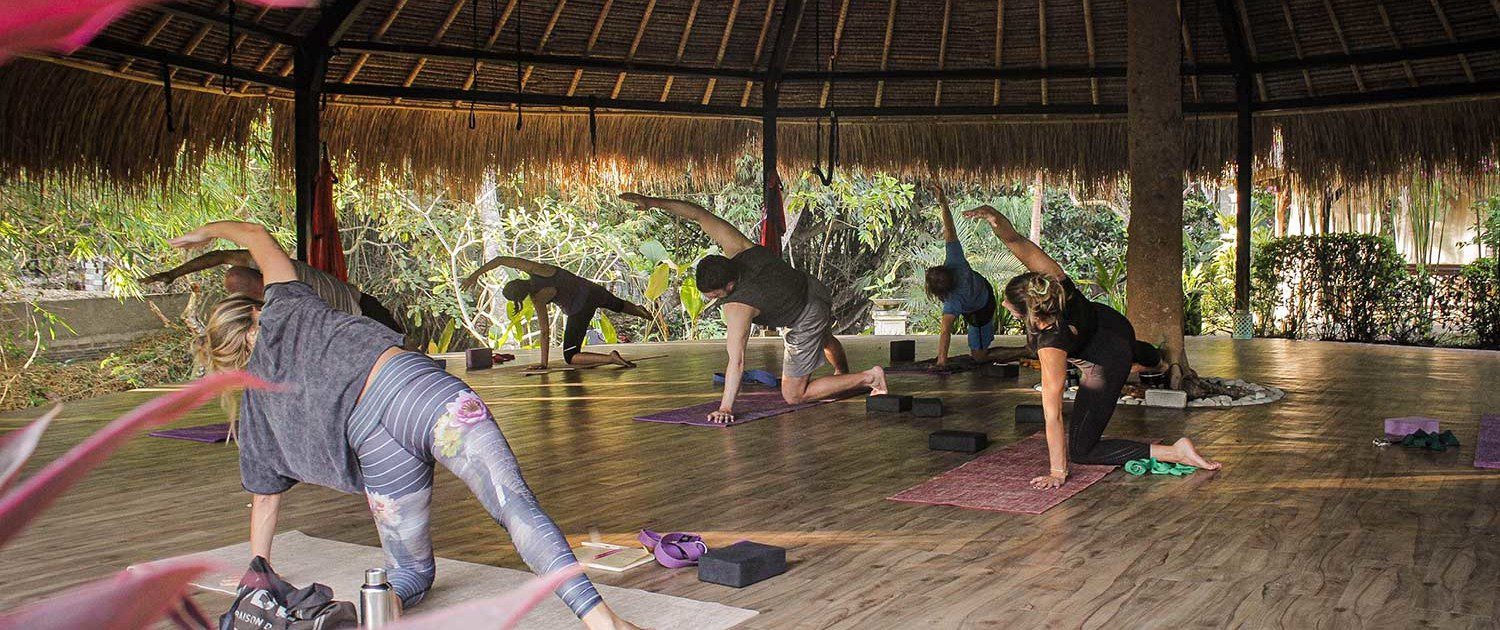The 5 Most Challenging Yoga Poses. Yoga isn’t about mastering the most complicated knots, but let’s admit it: everyone enjoys watching advanced practitioners perform those amazing, challenging poses. They all demand strength, flexibility, and crucially, experience. Therefore, only attempt them with a yoga instructor present. Let’s explore some of the most challenging yoga poses that are a delight to watch.
-
Handstand Scorpion
Handstand Scorpion, or Taraksvasana in Sanskrit, ranks among the toughest yoga poses. It demands perfect balance, impressive flexibility, and considerable strength. For first-timers, try it near a wall for safety. Start by arching your back, touching the wall with your toes, then gradually moving them towards your head. After taking 5-6 deep breaths, elevate your legs into a handstand and then return to the ground slowly.
-
Tripod Headstand with Lotus Legs
Tripod Headstand, Sirsasana li Padmasana, might surpass the Handstand Scorpion in difficulty. It starts with a lotus position, followed by a headstand. Place your hands on the floor, keep your legs straight up, then cross your feet onto opposite thighs, snuggling them into position. Maintain this for about 8 breaths before relaxing.
-
Formidable Face Pose
The Formidable Face Pose, Gandha Bherundasana, calls for extreme flexibility, strength, and balance. From a tabletop position, lift your left leg while lowering your chin to the ground. With your hands flat and back as possible, lift your right leg, keeping your chest on the floor. The goal is to have your feet flat with a fully arched back for 3-6 breaths.
-
Destroyer of the Universe
Destroyer of the Universe, Bhairavasana, not only demands hip flexibility, balance, and strength, but also intense mental focus. Start from a one-arm plank, placing your lower leg behind your head. Lift your free arm towards the ceiling and look upwards. Beginners often start by placing their leg behind their head first, then rolling into a side plank. This pose enhances arm and abdominal strength and increases hip and hamstring flexibility.
-
One-handed Tree Pose
The One-handed Tree Pose, Eka Hasta Vrksasanav, challenges even seasoned yogis. It requires great balance and strength, starting from a handstand, spreading the legs, and then lifting one hand off the mat. This pose strengthens balance, wrists, elbows, arms, and abdominal muscles.
Like all physical activities, yoga demands time, patience, and gradual progress. These difficult poses need years of practice, knowledge, and both physical and mental preparedness. Book your Surf & Yoga retreat here.

